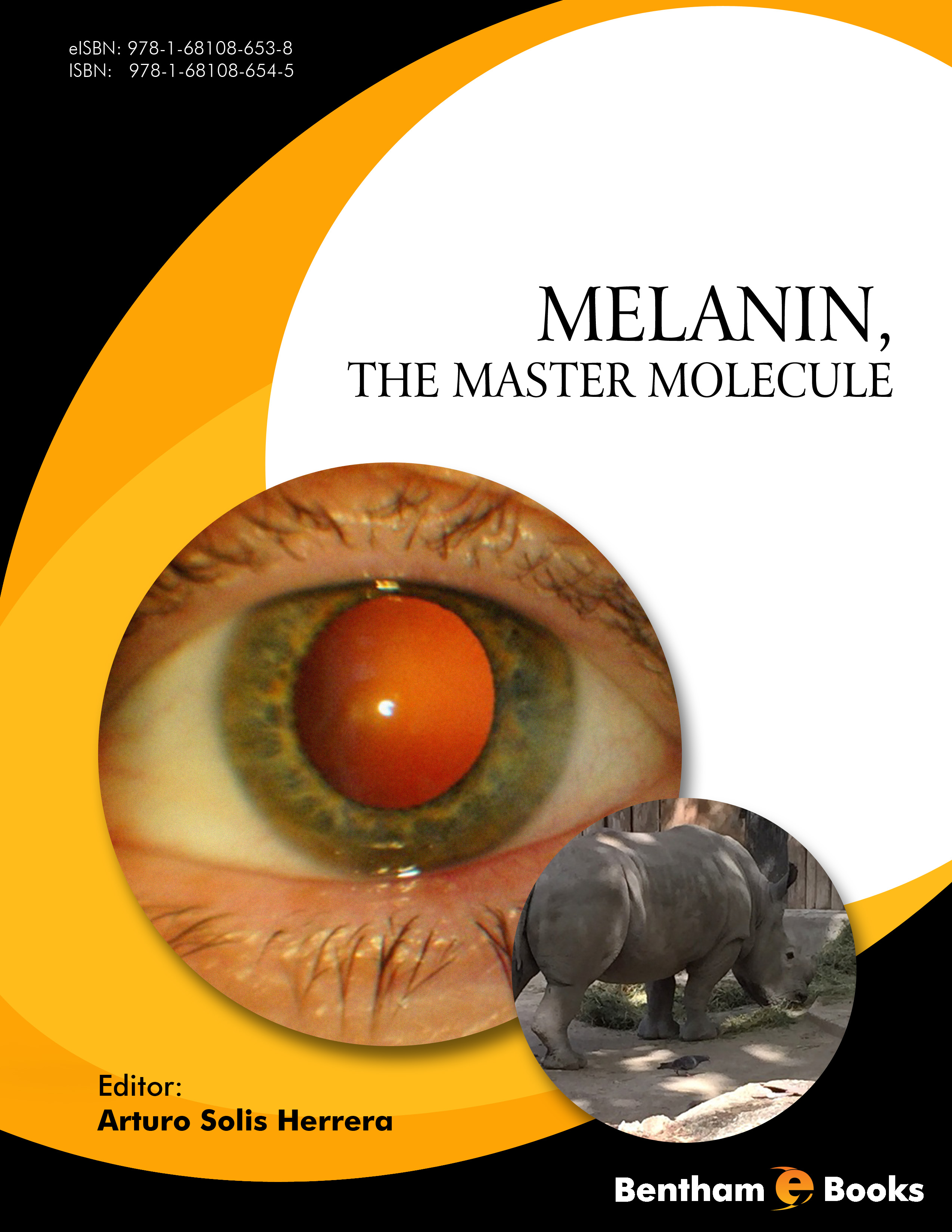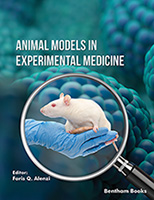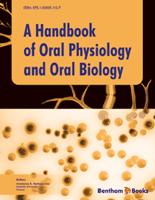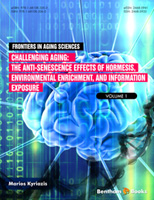Review 1
Plants and human beings have the same very first reaction as the origin of life utilizing either chlorophyll or melanin, that being the first step in the food and energy chains. This implies that the role of the water and glucose could be redefined – that is to say glucose may just be a source of biomass – and, instead, water might the real source of bioenergy of the eukaryotic cell including neurons.
Melanin is a human energy producing pigment which chiefly belongs to members of the animal kingdom as chlorophyll to the plant kingdom. Both of those chemicals make is possible to burn water to liberate electrons. Melanin is able to absorb the full electromagnetic spectrum. In contrast, chlorophyll just absorbs blue and red light. And, finally, melanin has the intrinsic property to split and reform the water molecule using hydrogen peroxide.
Bioenergy and melanin make an exciting and emerging interdisciplinary topic of discussion that combines translational applications with life sciences. The relevance of these areas can be perceived in our lives every time we go to caregivers to receive preventive, prophylactic or rehabilitative treatment.
This book covers a wide range of aspects and issues related to advances in understanding photosynthesis, melanin biology, bioenergy and translational applications whilst covering profile-related cell bioenergetics pathways, impacts of water of the spinal fluid as the main source of CNS energy, the intrinsic properties of respiratory pigments, the role of eukaryotic nucleus as the only source of energy in human CNS, the importance of the latter in developing a variety of human disorders and ageing. The book consists of valuable scientific contributions divided in logistically united sections. The book brings outputs and results of research and development tasks, often supported by important world or framework programs. Knowing how photosynthesis originated and evolved is essential to obtaining the deep understanding required to yield improvements in bioenergy, practical medicine and the environmental applications.
Advanced methods in quantitative biology, systems biology, and translational applications will certainly improve our understanding of the architecture of the interactome-based networks underlying photosynthesis and will also aid the design of novel regulatory circuits and the predictive power of those technologies. And a detailed understanding of how photosynthetic cells can push the boundaries of extreme-environment existence will also fill important gaps in our current understanding of the potential for oxygen-evolving photosynthesis. In this connection, one of the most attractive and strategic avenues would be technologies that would exploit the properties of melanin – the animal analogue to chlorophyll. The outcome of the approach mentioned would unveil newer generations of photocells (including artificial ones) to absorb a broad spectrum of radiation, and to secure conversion of the latter into electric and, possibly, another forms of energy. The other applications would concern the next step in drug design for developing pharmaceuticals ‘armed’ with therapeutic resources to enhance human ‘photosynthesis’ for securing healthy states and, finally, the wellness. Thus, an overarching continuum of the searching, investigational and exploring modes bridging cellular metabolism with the medical area swill be essential for successfully redesigning photosynthesis to sustainably meet global food and bioenergy demand.
Dr Sergey Suchkov, MD, PhD
Professor in Medicine & Immunology,
Director, Center for Personalized Medicine, Sechenov University,
Chair, Dept for Translational Medicine, Moscow Engineering Physical Institute (MEPhI),
Professor, Dept of Immunology, A.I.Evdokimov Moscow State University of Medicine & Dentistry, Russia





